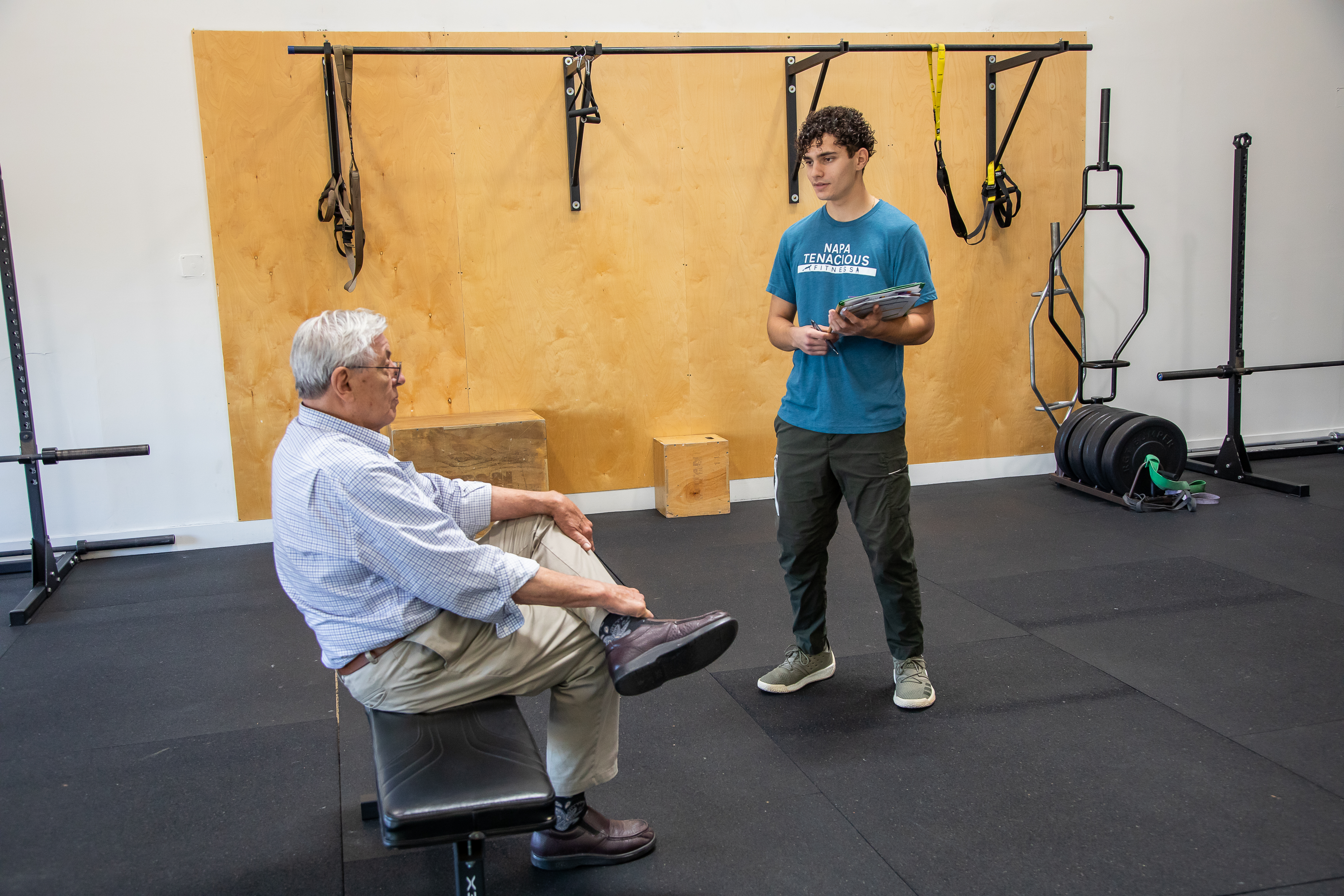Imagine living without tables, desks, or work benches. Throw in the twist of removing an automobile that we sit down in to take us to our desired location in minutes. Just for fun, put yourself in a fantasy world where the revolution of cell phones never crossed the mind of the brilliant inventors who created these iconic extrapolations of computers. What would the world be like? And how would our bodies adapt to the environment where these revolutionary features that optimize human efficiency were never brought into this world?
The innovation of chairs has created valuable a tool for people to rest after standing for long periods. If we were cavemen in the Paleolithic era running from saber-tooth tigers, scavenging for berries, and maintaining a hut made of sticks and mud, we would be pretty tired at the end of the day. After a long day of caveman-specific duties, humans would probably sit against a tree or lie on the ground. Thanks to the invention of the chair, sitting on the ground is unnecessary. We can squat backward and position our buttocks on an object that keeps our hips elevated off the ground and our backs supported. This action of sitting allows our spinal stabilization muscles to rest and decreases the demand for the muscles of hip elevation when lowering the hips to a seat.
While chairs allow the human race to sit in cars, conduct work on computers, and converse with others at lunch or dinner, sitting in a chair for prolonged hours can contribute to suboptimal afflictions for the human body. Too much sitting can influence poor postural awareness, decreased muscle strength, and a plethora of potential musculoskeletal injuries to the neck, shoulder, and lower back.
Sitting down in front of our computers first thing in the morning with our monitors roughly two feet away from our faces at eye level is a proficient tactic in setting up an optimally functioning work environment. Having a keyboard and mouse handy to perform advanced executive functions when answering emails, reviewing data on spreadsheets, or researching the interwebs makes work engaging and efficient. However, this scenario can introduce the potential for neck, shoulders, and lower back injury.
Some of our personal training clients share that they sit for hours on their computers typing and clicking their mouse at the heart rate of hummingbirds. Their finger and wrist muscles are active, but the spine stays stagnant. In addition, the desire to look closely at the content on the monitor influences people to lean forward and bend their neck, shoulders, and upper back without even knowing it. After a few hours of rigorous computer work, the body structure sitting on the computer chair, which started as a structurally sound L-shape where the spine was straight and the eyes looking forward, has quickly transformed into a “candy cane” shaped spine with the shoulders hunched forward and a rounded back. The result of a hunched back, caved inward shoulders, and convex-shaped lumbar spine introduces a boatload of potential injuries, including strained muscles along the back and shoulder, impinged vertebra to various sections of the spine, and overuse injuries that contribute to arthritis or building discs of the spine.
If our goal is to prevent the likelihood of injuries to the neck, shoulder, and lower back, the importance of postural awareness in seated positions can’t be overstated. As a helpful cue to assist in activating the muscle of scapular stabilization and reinforce organizing the neck, upper back, and shoulder throughout exercise sessions, we remind our personal training clients to “park their shoulder blades down and back.” This prompt is meant to coach the exercise participant to perform scapular retraction and scapular depression before performing a specific exercise, usually a compound upper-body pulling exercise, during their personal training sessions.
Scapular retraction triggers the shoulder blades to glide backward against the ribs and toward the spine. Performing scapular retraction activates the trapezius and rhomboid muscles on the upper and middle portions of the spine and ribs. This action opens the chest up, allowing the chest to avoid caving forward and assisting the head to sit in a relatively neutral position over the torso. If the head is placed in a position perpendicular to the axis of the shoulders, the likelihood of the head caving forward is decreased, and neck and upper back injuries can be influenced to occur less often. Additionally, performing the opposite action of shrugging is categorized as scapular depression. Utilizing the muscles connecting from the bottom portion of the ribs to the bottom of the shoulder blades influences the opposite action of shrugging, which brings the shoulders away from the neck and down toward the armpits. These two movements work the muscles of the posterior portion of the torso.
If we can strengthen the muscles opposite of the area of the body that is affected by poor sitting posture, we can contribute to stronger posture while sitting for hours at a time. Try to include a few exercises in your resistance training routine that target the shoulder blades and middle back. By exercising the muscles of scapular stabilization, we can encourage strong and healthy backs to endure years of sitting down in chairs.
Sean McCawley, the founder and owner of Napa Tenacious Fitness in Napa, CA, welcomes questions and comments. Reach him at 707-287-2727, napatenacious@gmail.com, or visit the website napatenaciousfitness.com.

